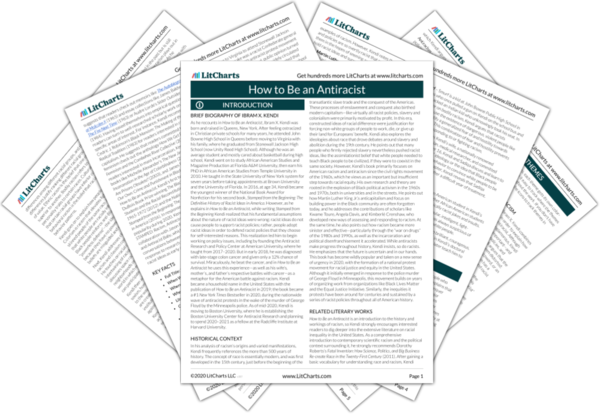Although it may seem strange that enslaved Black people would sell each other out in the 18th and 19th centuries, they did so for the same reasons as Europeans who invented the first racist ideas: for self-interest. Racist power structures reward them for turning against other Black people, and through their collaboration, racist policies get an air of legitimacy: because certain Black officials are supporting a policy or idea, many people assume that the Black community as a whole defends them. This assumption is behaviorally racist, but so is much of the population, so it tends to dispel criticism of racist power. Powerful Black people’s contributions to racism are another good reason to separate the opposition between racism and antiracism from the distinction between white people and people of color.
